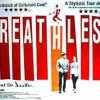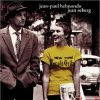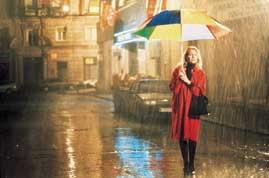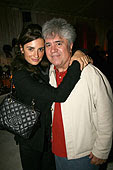
we often want to know , what and how digital audio is created and controlled.
Digital auto is represented by audio waveforms as a series of numbers, these numbers represent amplitude waveforms at different times. kind of like waves that clash against the sea shore at different time intervals.These wave forms are measured by sampling rating.
Sampling rating is able to determine the different frequency's that are present in an audio text.
The highest audio frequency that can be coded is half of a sampling rate.
Another name for audio signals is analog. Theses analogs can be converted to and from their digital representation.This is done by using digital-to analog converts(DAC) and Analog To digital converters (ADC).
below is a picture of such a device.

Which would we normally consider better?
I would say digital analog because it is easier and has much more benefits than analog.
Some of these benefits include:
- making very accurate copies of an original very simply.
- when it comes to music and electronic instruments, it has a large capacity and is flexible so it can easily be manipulated.
- analog recordings of tape has a hissing sound , in digital you don't get this
- allows editing to be done easily
Digital analog enables digital signaling processing(DSP). This technology is now used in Mobile phones, multimedia computers, video recorders , CD player, hard disc drives and modems. It is said that it will soon replace analog circuity both in TV sets and telephones. DSP allows for both compression and decompression of signals which is used in mp3 encoding.
it is therefore no wonder why Many musicians who build digital instruments use DSP synthesis and processing to create a unique sound.
















































2 comments:
This article is quite inciteful and opens your eyes into the realm of sounds and analogs. It draws attention to what goes into the music which one hears. Keep up the good work and I hope to see many more of your blogs.
thanks for bring attentsion to audio signals and how they are used and how they are created. this gives me a new way of looking at music.
good post
look forward to the next one
Post a Comment